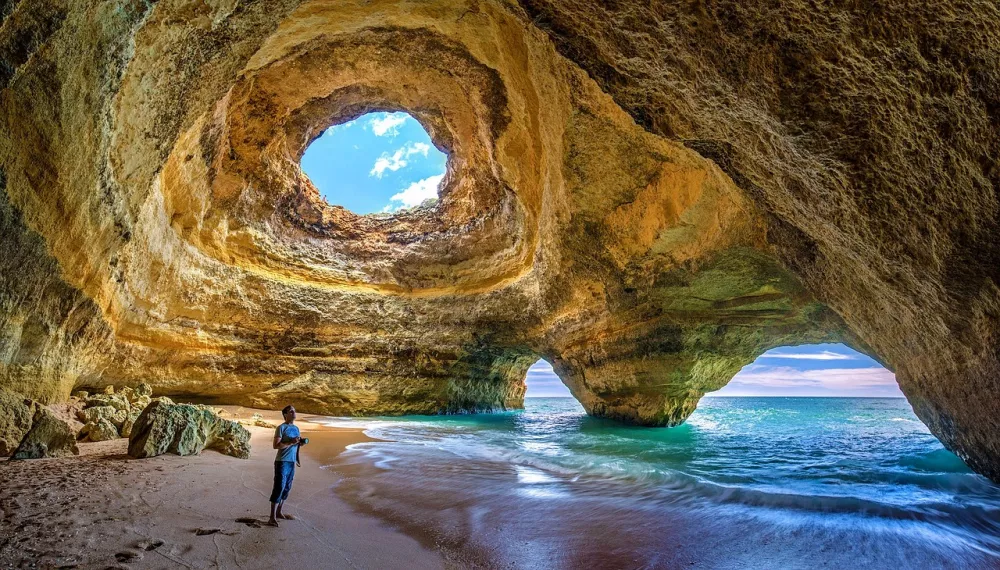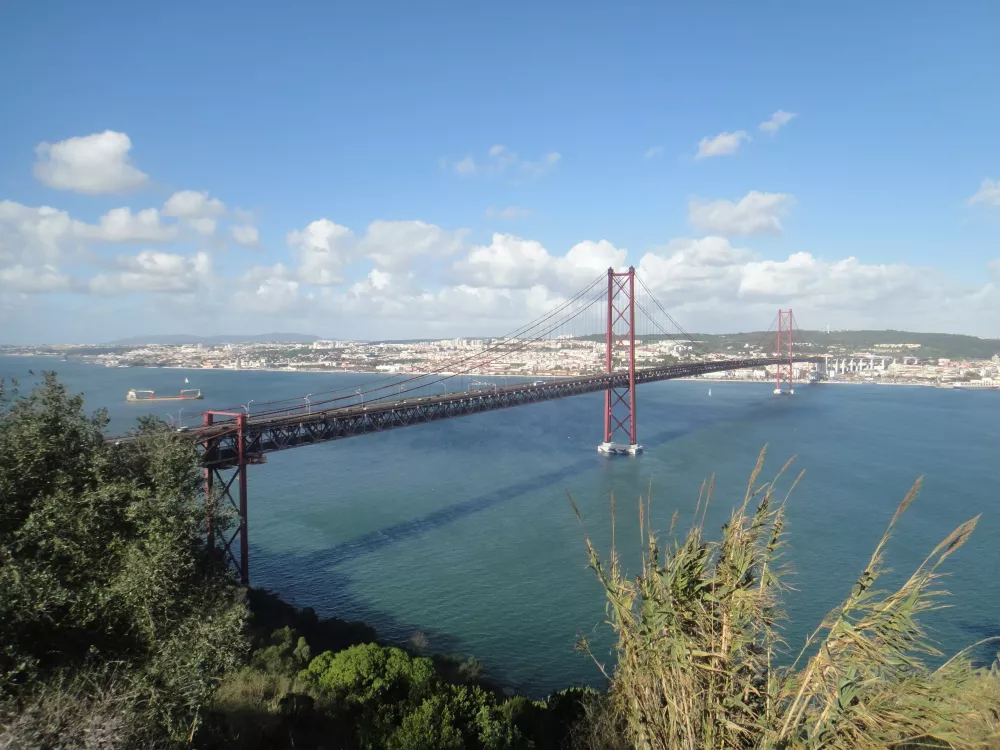Portugal guide 
Portugal was made famous by overseas discoveries. But today, people come here for the beautiful beaches in the south, the historical glory of Lisbon or the culinary experiences with port wine. What attracts you? Our online guide will help you decide which area to visit. :)
Lisbon - The capital of Portugal combines historical charm with modern trends. Here you will enjoy great local cuisine, the city's historic districts and modern architecture.
Porto - This second largest city in Portugal is famous for its port wine, breathtaking vineyards on the banks of the Douro River and beautiful architecture.
Algarve - the southern region of Portugal, known for its beautiful beaches, azure seas and rocky coastline. It offers a rich mix of historic towns, fishing villages and vibrant nightlife.
Azores - An archipelago of nine volcanic islands in the North Atlantic Ocean. The Azores are known for their impressive volcanic landscape with crater lakes, geothermal phenomena, hot springs and lush greenery, which has earned them the nickname "the islands of eternal spring" or "the Hawaii of Europe".

Portugal, a country located in Southwestern Europe has a rich history and cultural heritage.
Portugal has an area of 92,212 km² and a population of approximately 10.3 million. The capital is Lisbon.
Portugal has a rich maritime history, including the discovery of Brazil, India and Africa during the period of maritime discovery and colonization. The Portuguese Empire spread all over the world, leaving many traces in the cultures and ways of life of many countries.
Portuguese language - Portuguese is spoken not only in Portugal, but also in Brazil, Angola and other countries. It is one of the most widely spoken languages in the world.
Portugal is famous for its cuisine, including fresh fish, seafood, cheeses, desserts and wine. Port wine originating from the Douro region is one of the most famous Portuguese products.
There are many beautiful beaches and tourist destinations to visit in Portugal, including the Algarve, Madeira and the Azores. The country also offers wonderful historical monuments, such as Mosteiro dos Jerónimos or Castelo de São Jorge in Lisbon.
Portugal also has a strong football tradition. The national team won the European Championship in 2016. Famous players include, for example, Cristiano Ronaldo or Luis Figo.
Portugal is also known for its traditional crafts such as ceramics, lace and tapestry. These crafts are used to make souvenirs and decorative items.
